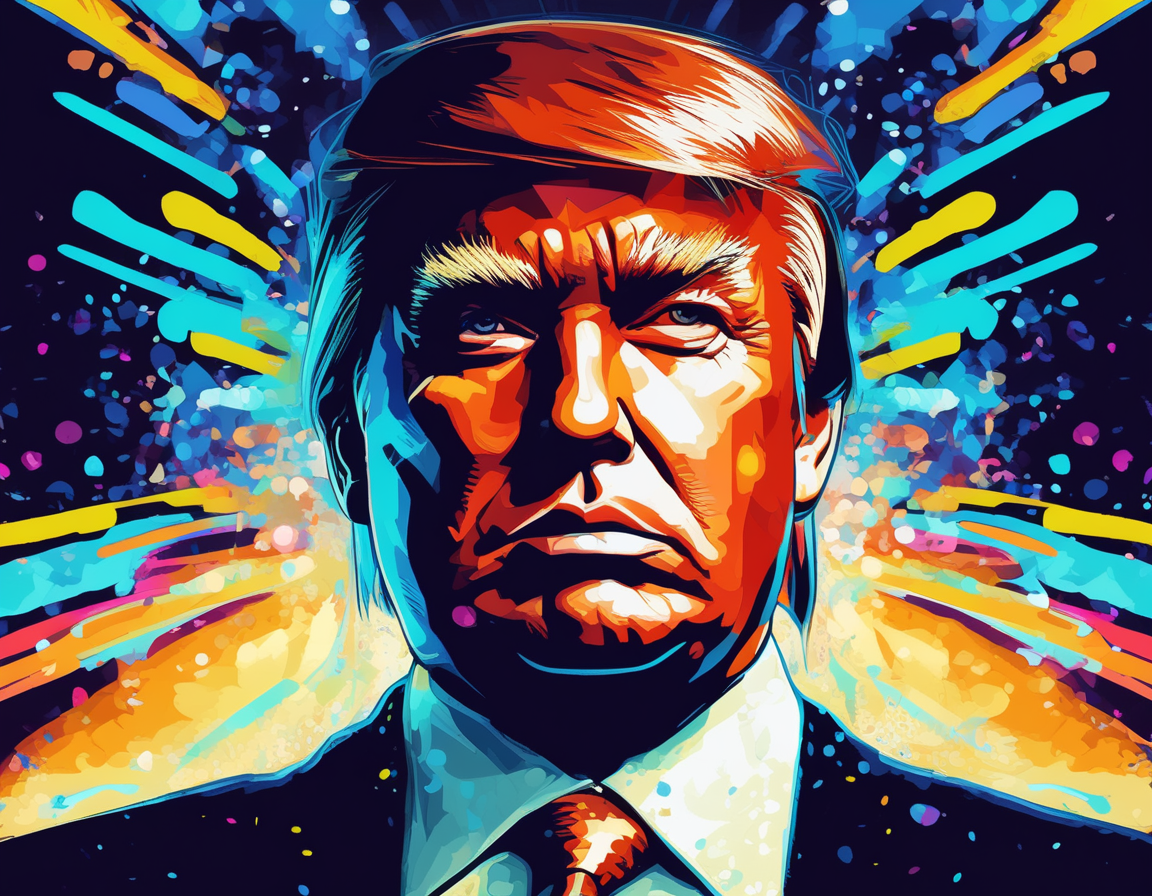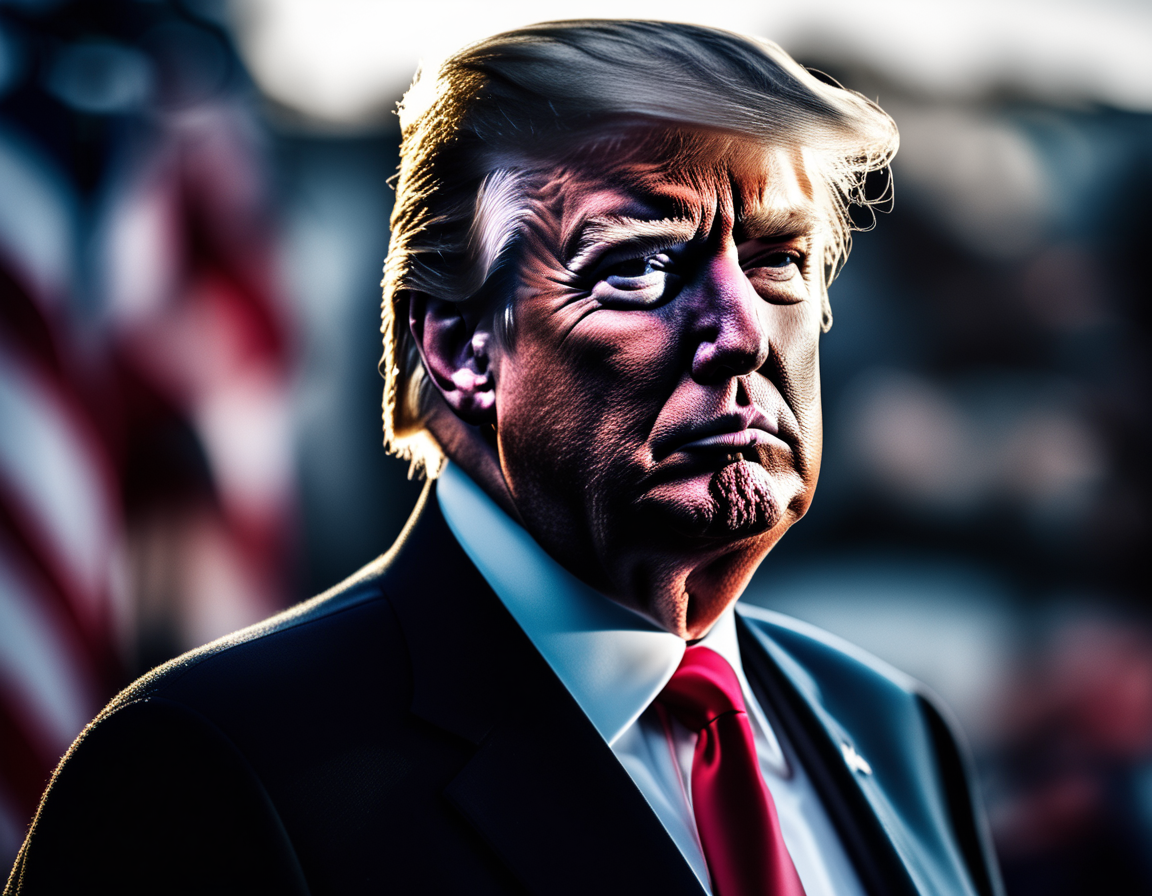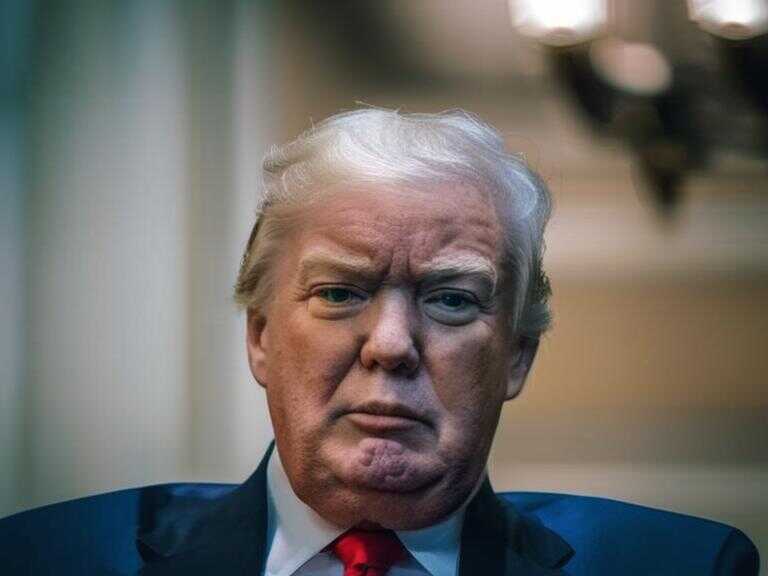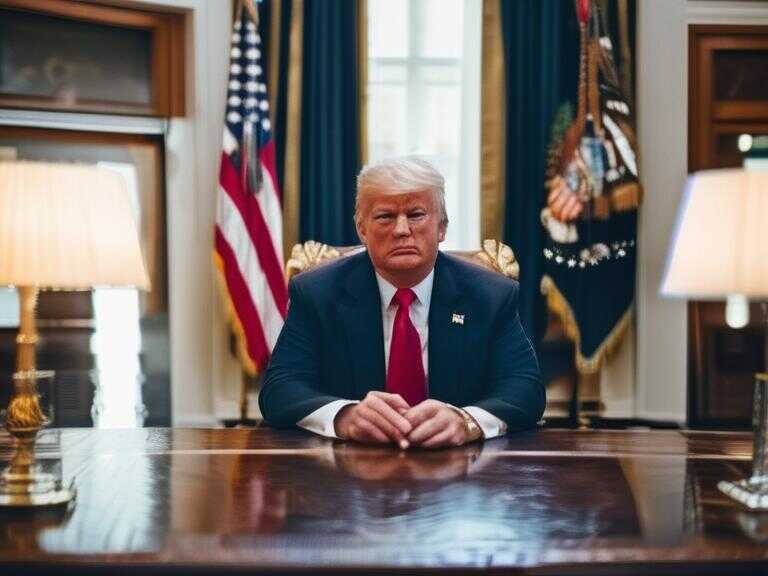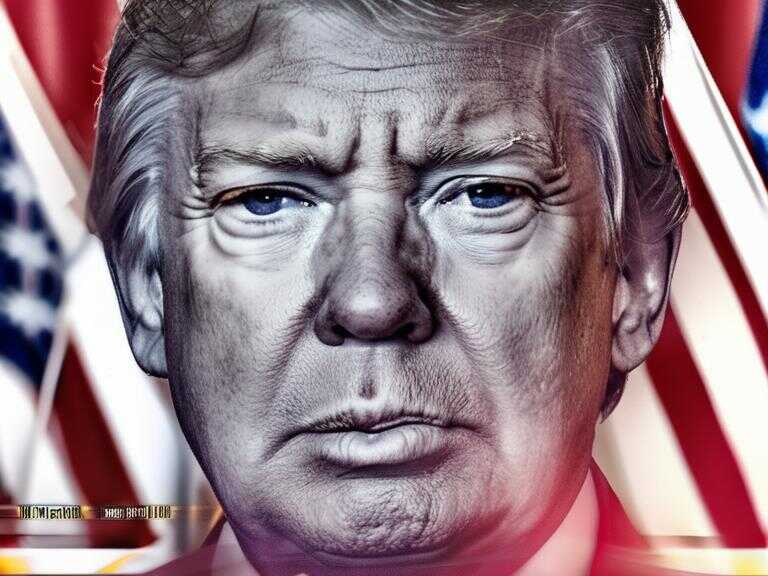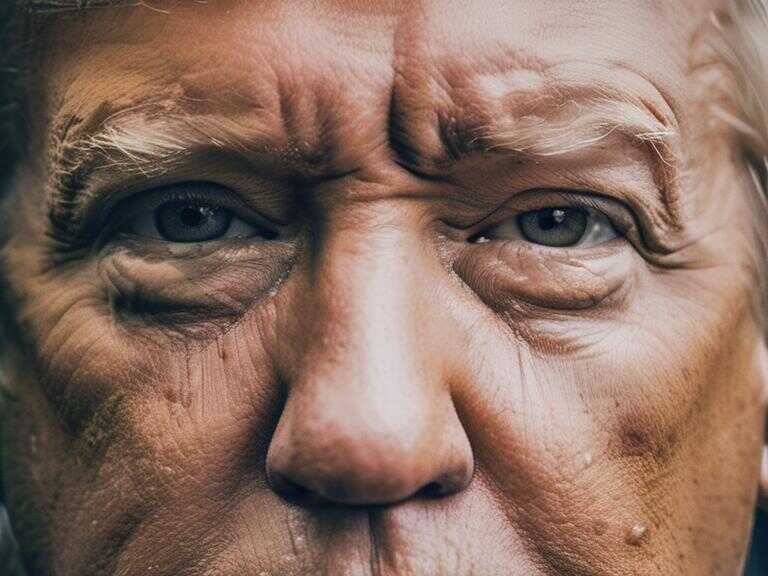
Former President Trump's Proposal to Replace Income Tax with Tariffs Raises Concerns
Former President Trump proposed replacing income tax with tariffs on all imports, raising concerns about unintended consequences and negative impact.

Donald Trump has recently proposed a significant shift in U.S. tax policy, suggesting the replacement of the income tax with an all-encompassing tariff on imported goods. This proposal, if implemented, would mark a departure from traditional conservative calls for tax reform and could have far-reaching unintended consequences.
A Departure from Traditional Tax Reform Advocacy
While entities like the Kemp Commission and Steve Forbes have previously advocated for a flat tax to replace the income tax, Trump's proposal introduces a new dimension by suggesting a complete shift to tariffs. Historically, the flat tax proposals retained certain deductions and aimed to maintain revenue neutrality, typically at around a 22% rate. However, Trump's proposal deviates from this approach by targeting imported goods as a source of revenue.
Estimated Impact on Tariff Rates and Revenue
Considering that the U.S. imported approximately $3.8 trillion in goods and services in 2023, the critical question arises regarding the tariff rates needed to generate the $2.5 trillion in revenue currently obtained from income taxes. A simple mathematical calculation suggests that a substantial 65% tax on all imported goods and services would be required to achieve this revenue goal.
However, it is important to acknowledge that this straightforward calculation may underestimate the actual tariff rates needed, especially considering the potential decline in global trade and economic activity resulting from such a significant policy shift. Additionally, the likelihood of retaliatory measures from America's trading partners could further exacerbate the impact on global trade and economic stability.
Potential Consequences and Economic Impact
Implementing a tariff-based taxation system would disproportionately affect middle- and lower-income families, particularly impacting their consumption of lower-cost imported products. Historical precedent, such as the Smoot-Hawley Tariff Act of 1930, serves as a cautionary tale, illustrating the potential deepening of economic decline and increased joblessness resulting from large-scale tariff impositions.
While tariffs can serve as a tool to address trade abuses, the proposed shift from income tax to tariffs raises concerns about inflationary pressures and recessionary effects. By raising prices and impeding consumption, such a policy could undermine domestic economic growth and disrupt global trade relationships.
Contrasting Proposals and Congressional Implications
Amid discussions of Trump's tariff proposal, President Joe Biden and the Democrats have put forth contrasting calls for substantial tax hikes to address budget deficits. While these proposals may face challenges in Congress, the potential imposition of tariffs presents a different scenario, with the executive branch holding the authority to enact such levies under certain circumstances.
It is important to note that replacing the income tax with tariffs would necessitate congressional approval, as it falls within the legislature's constitutionally mandated "power of the purse." Therefore, the feasibility of Trump's proposal hinges on congressional deliberations and decisions.
Concerns and Cautionary Reflection
As discussions surrounding tax policy intensify, it is crucial to consider the potential ramifications of such significant policy shifts. The proposal to replace the income tax with tariffs warrants careful consideration, as it has the potential to adversely impact the U.S. economy, burdening those with limited financial means, fueling inflation, and possibly precipitating a recession.
Share news





